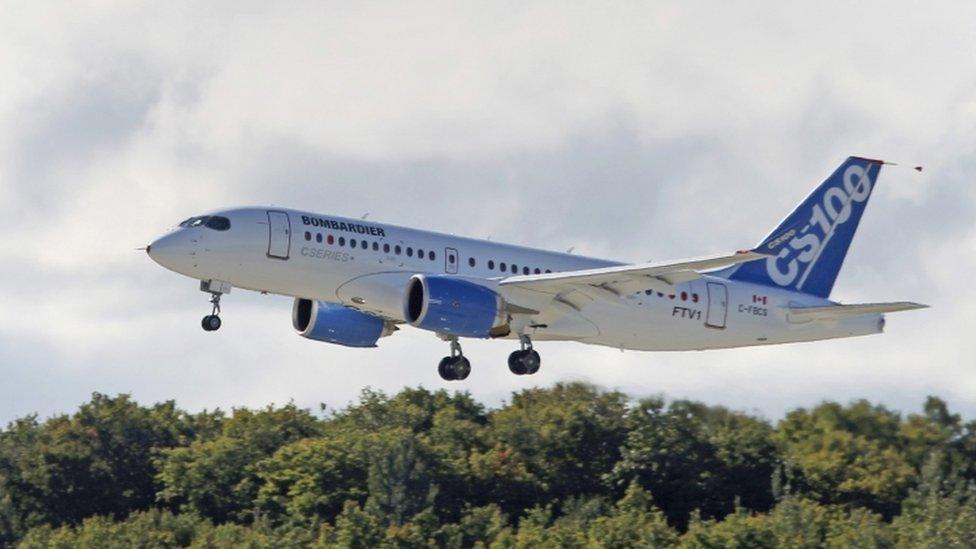Bombardier: How did their problems occur?
- Published

The last year or more has had Bombardier buckling-up like a passenger on a plane being hit by turbulence.
That it remained airborne was at least partly down to a $1bn bail-out from its home government in Quebec.
An additional $1.5bn was raised from selling a stake in Bombardier's train division.
It employs 74,000 people in 28 countries - Northern Ireland is home to around 7% or 5,500 of its staff, all working in aerospace.
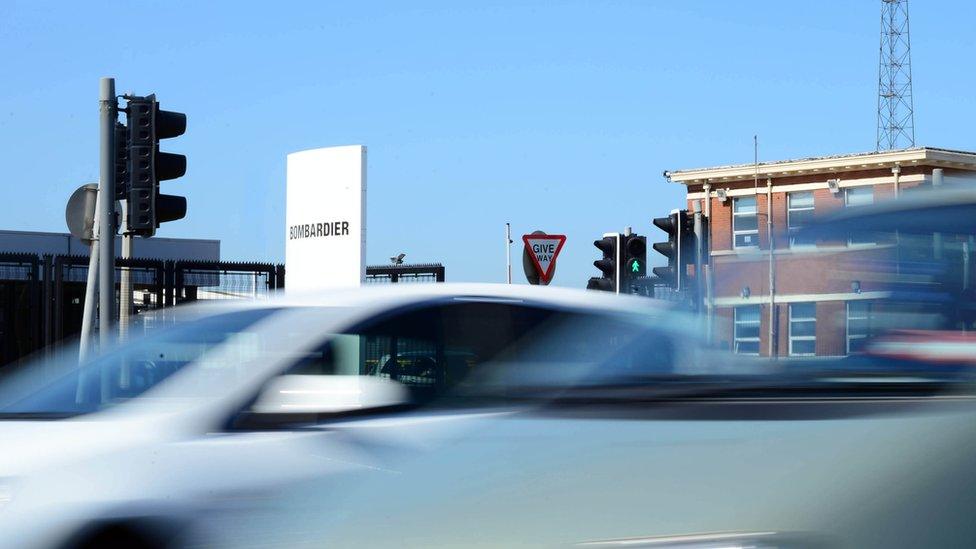
Bombardier has a workforce of 5,500 in Northern Ireland
A major source of trouble has been its gamble on the C-Series, a first shot at the larger passenger plane market dominated by Boeing and Airbus.
The project has cost at least $5.4bn - $2bn more than anticipated.

Wings for the C-Series are made in Belfast
A three-year delay in getting the C-Series into service has damaged an order book gathering dust since September 2014.
Positive industry reaction to the aircraft's performance data appeared lost as Boeing and Airbus did discount deals to gobble up orders from airlines.
At the same time, global market conditions have wobbled Bombardier's business jet market, with demand falling in the likes of Russia and China.
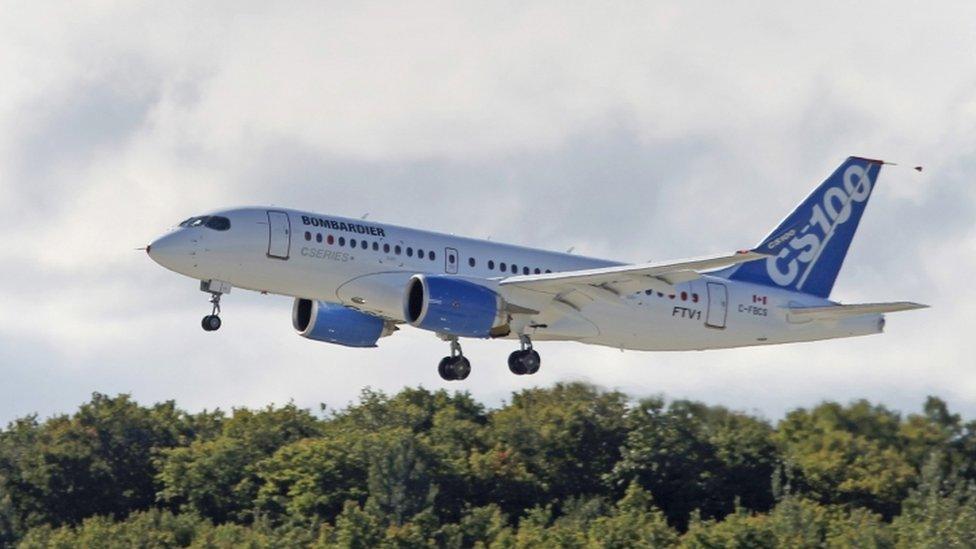
A three-year delay in getting the C-Series into service has damaged an order book gathering dust since September 2014
Armed with a turn-around plan, but warnings of reduced profits, 2016 was billed as a year of transition.
The strategy is now known to include job cuts.
Unwelcome? Yes. Unsurprising? No.
- Published17 February 2016
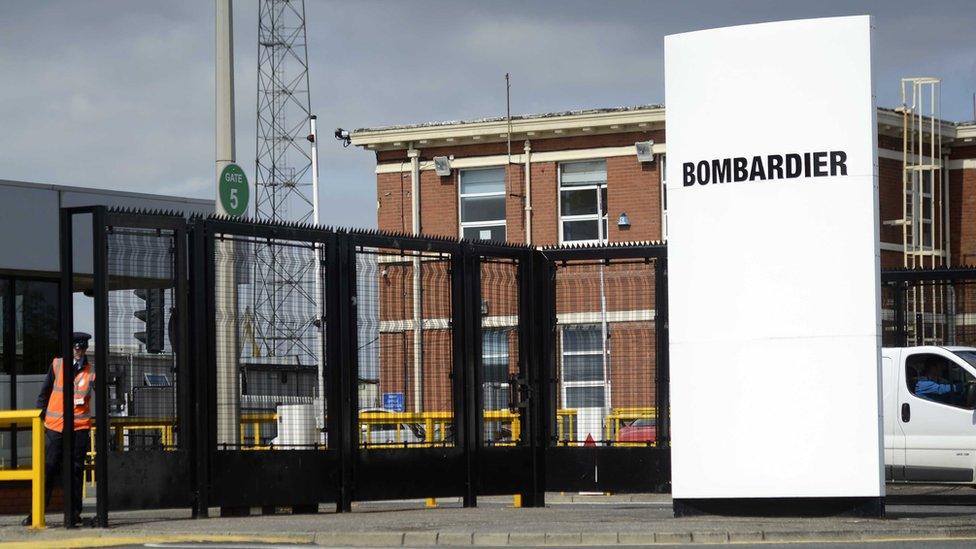
- Published17 February 2016
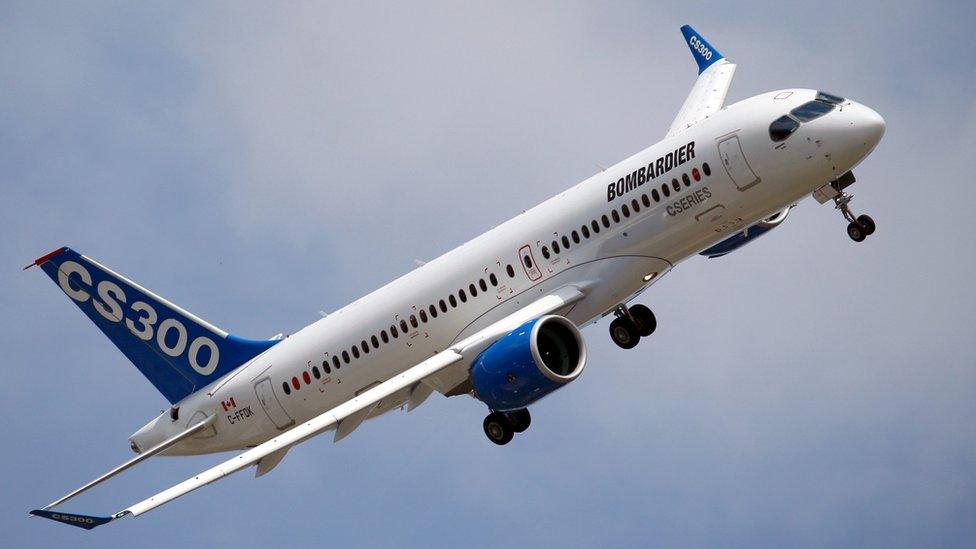
- Published17 February 2016

- Published7 January 2016

- Published10 December 2015
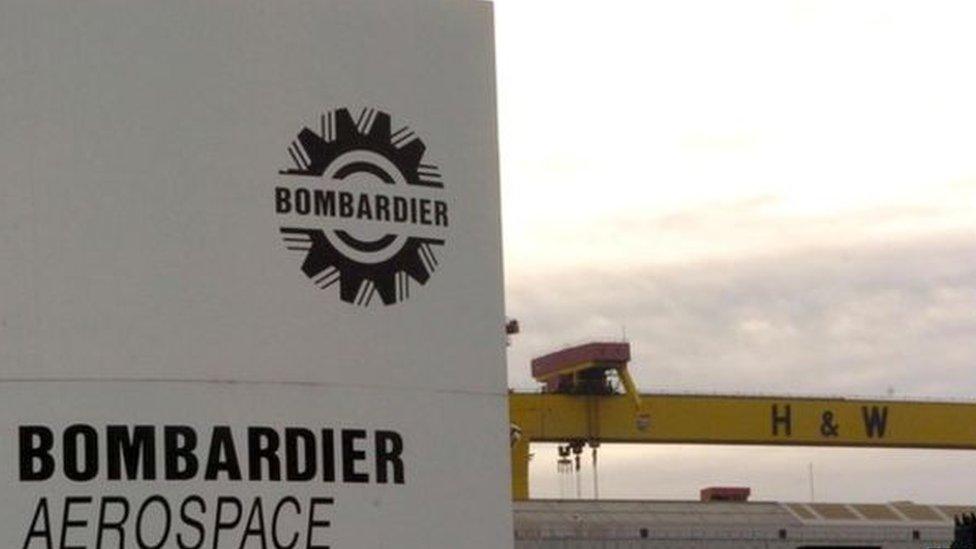
- Published16 October 2015
